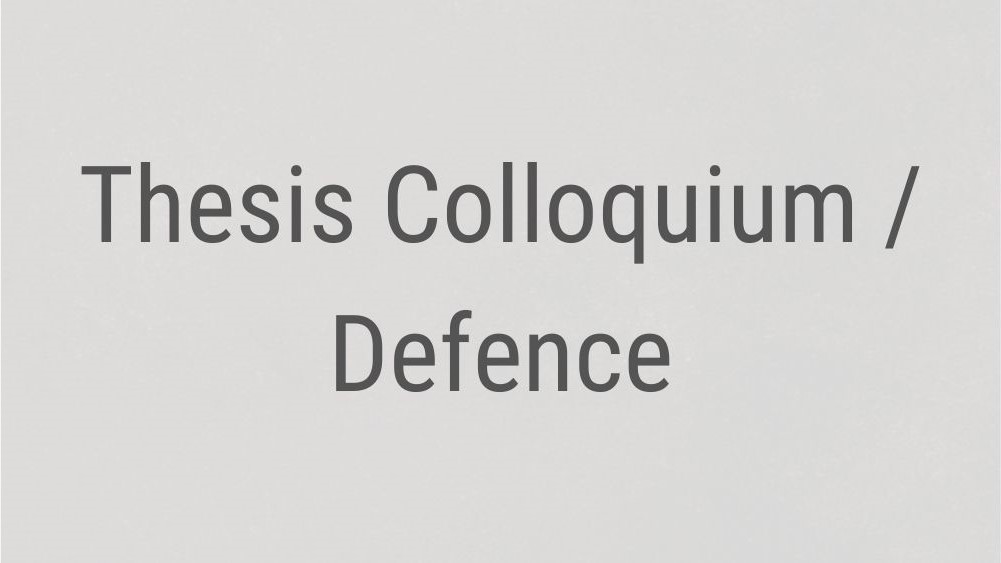
- This event has passed.
[MTech(Res) Colloquium] Deformation-based Topological Lattices and their Edge States
July 31, 2024 @ 3:00 PM - 4:00 PM

Topological elastic metamaterials (TEMs) represent a novel class of elastic materials known for their unique ability to localize vibration energy at boundaries, maintaining robustness against system disorders. These unconventional properties make TEMs highly attractive for applications in vibration isolation, energy harvesting, mechanical sensing, and waveguiding.
Spring-mass models are fundamental in designing TEMs, capturing essential physics due to their structure of periodically repeating unit cells with lumped masses. The elastic coupling of these unit cells gives rise to unique wave propagation properties within the bulk material. Traditionally, TEMs have been analyzed using mass displacements as degrees of freedom. However, recent discoveries have shown that analyzing these models through the lens of spring deformations as degrees of freedom opens up new design possibilities for TEMs.
In this study, we generalize the deformation framework in one dimension (1D). We introduce a novel 1D TEM that employs spinners with alternating moments of inertia coupled to their nearest neighbors through various types of spring connections. These connections result in different spring deformations, thereby extending the deformation framework. Notably, different localization profiles of boundary states emerge at opposite ends of the finite model, explained by hidden chiral symmetry in the deformation framework. The results are validated experimentally using Laser Doppler Vibrometry. We further extend the deformation framework to two dimensions (2D) using a quasi-1D approach, demonstrating the robustness of boundary waves against disorder.
We then explore the mathematical foundations of the deformation framework for a general 1D lattice, revealing an underlying rank deficiency in the local stiffness matrices of spring-mass models. This leads to a unique factorization of the global stiffness matrix, allowing the model to be represented in the deformation framework as an isospectral partner. We illustrate the utility of this approach with examples of spring-mass models for bars and beams, generating a family of isospectral partners exhibiting disorder and boundary states.
Our study introduces a non-standard approach to expressing the dynamics of spring-mass models of TEMs, unlocking numerous research opportunities to construct periodic and aperiodic topological systems with a broader range of boundary conditions. Additionally, the insights gained from this work can be extended to other classical domains, such as acoustic, photonic, and electrical systems.
Speaker: UDBHAV VISHWAKARMA